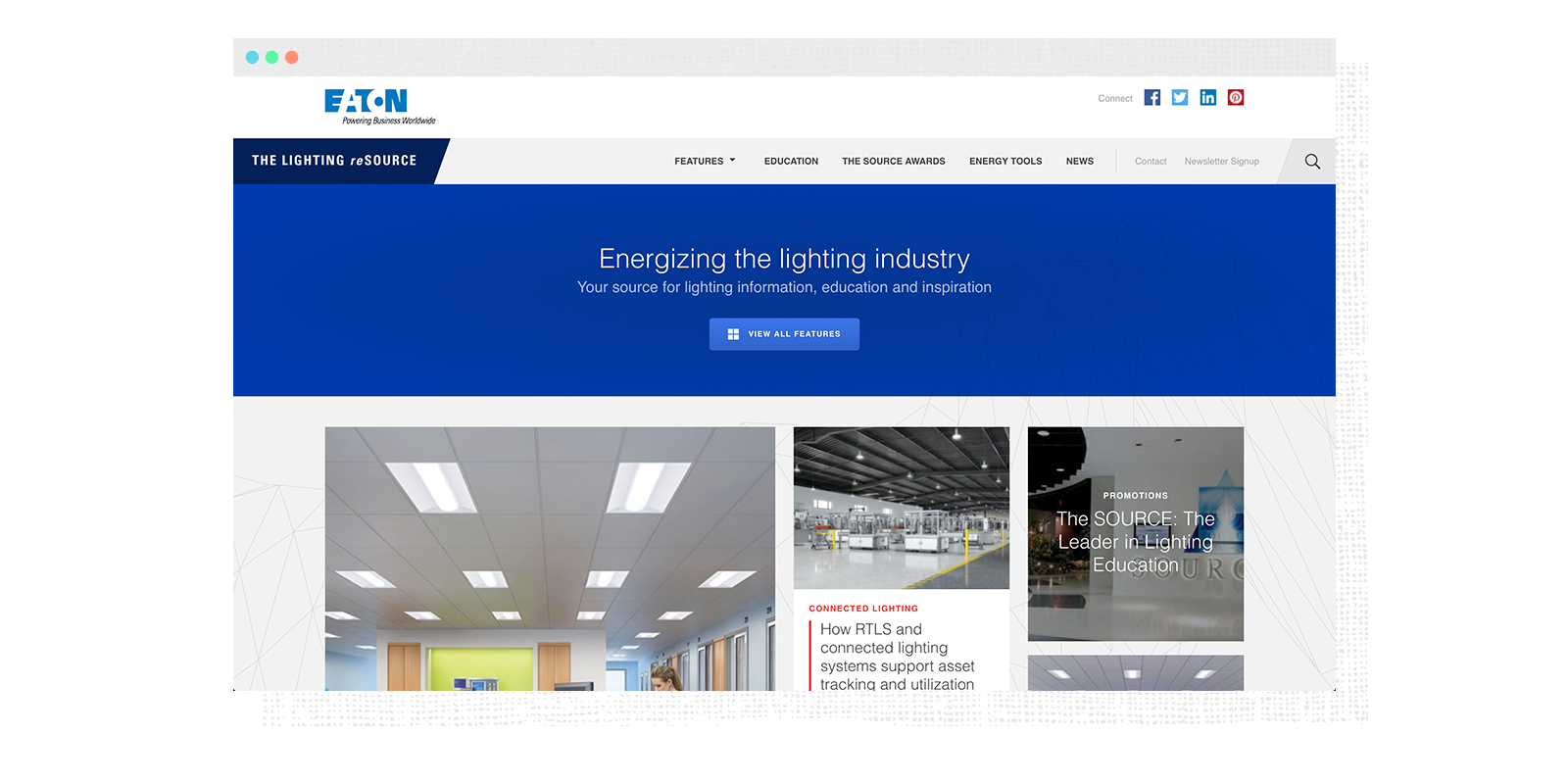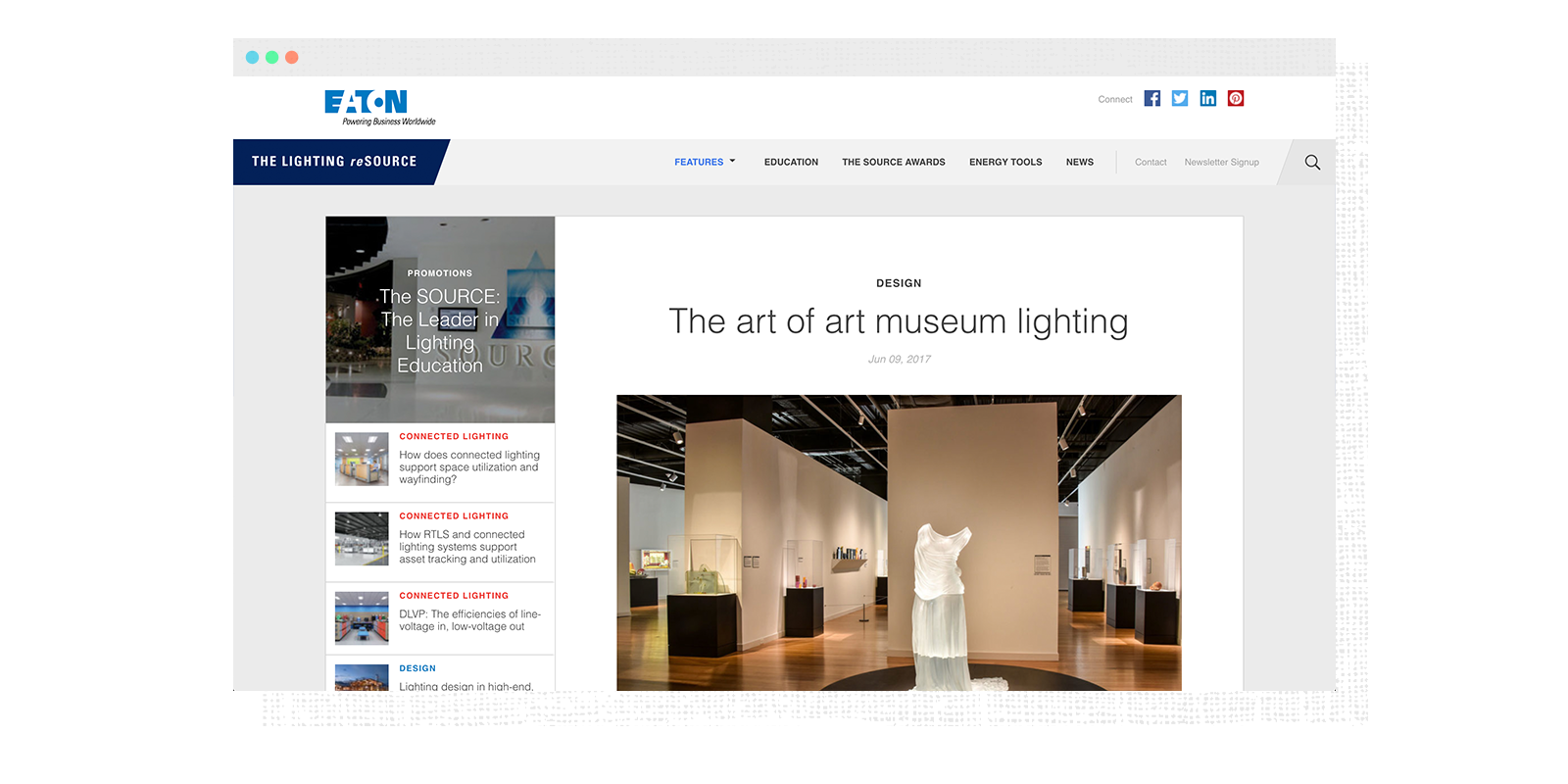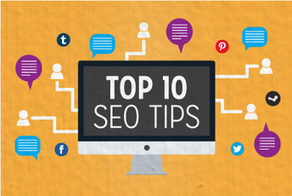Content Marketing
Search
Web traffic is the heartbeat of any website or other digital property, meaning the number of visitors you receive has a significant impact on the success of your business. You can always pay for traffic, and PPC (or paid search) is an excellent way to reach your potential customers. But if you want your web marketing efforts to achieve long-term success with a relatively small upfront investment, organic traffic is also critical.
Search engine optimization (SEO) has the greatest influence on organic traffic — defined as traffic generated when users type a search term in Google and click on your organic listing in the search results (SERPs). Most people never scroll past the first or second page of results, which is why marketers covet top spots.
The problem? Because so many websites are competing for those sought-after positions, earning one is easier said than done. However, if you consistently develop and publish content that has been optimized for search, you’ll build your authority on industry topics and can begin to experience a steady increase in organic search traffic and higher placement in SERPs.
Here are 15 SEO tips to increase organic traffic to your website.
1. Write for your audience.
Identify your audience’s problem or need and deliver content that helps lead them to a solution or answers common questions. Also, remember that your audience may not refer to products or subjects in the same way as your organization. For example, if you reference smart homes as “connected homes,” but your audience is more likely to search for “smart home technology” versus “connected home technology,” you will have more success incorporating smart home language into your content. Keyword research is critical in order to determine how people phrase their searches, and you should always write content to respond to those searches.
2. Create an editorial calendar but be flexible.
Depending on how often you publish, you may want to plan topics for an entire quarter or more. However, leave room in your plan to shuffle article order as needed or add topics to capitalize on industry trends or user searches. Did a recent energy code update create new demand for information on that topic? Does your organization have the expertise to develop content that meets that demand?
3. Leverage industry trends or timely topics.
Does your industry fluctuate throughout the year? Think about industry or seasonal trends that may incite your audience to seek out relevant information online and create content to support those searches. Collaboration is key: for example, I meet with our SEO team on a quarterly basis to review search trends and identify gaps we can fill for our clients with content marketing programs. Between meetings, we measure our efforts monthly and discuss key search terms or opportunities as they happen. These meetings are the reason we wrote articles on topics such as landscape lighting design for The Lighting reSOURCE, a content-driven site that educates and inspires lighting industry professionals while establishing our client, Eaton’s Lighting Division, as a thought leader. These articles earned The Lighting reSOURCE featured snippets on Google (also known as ranking 0, a coveted position above all paid and other organic search results).




